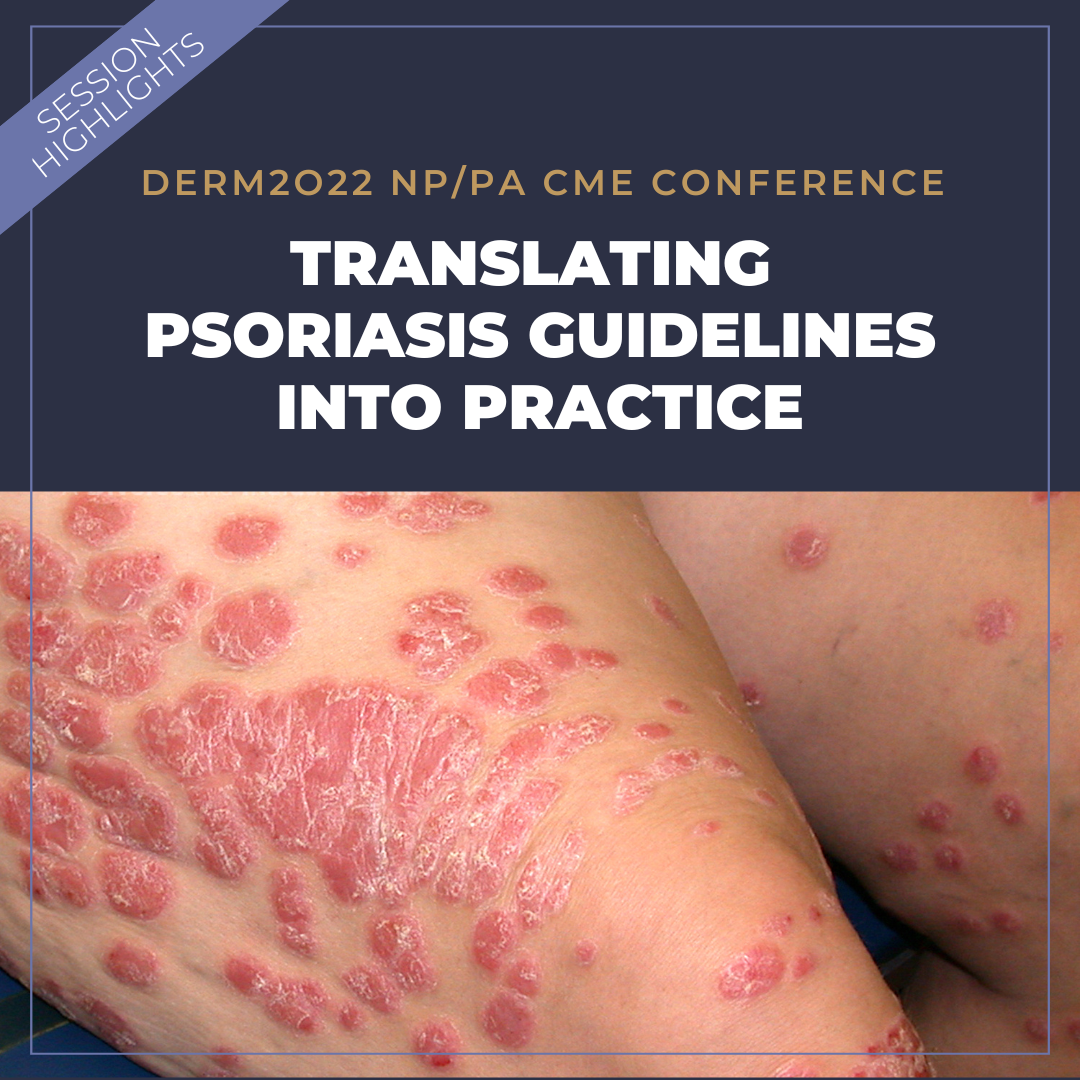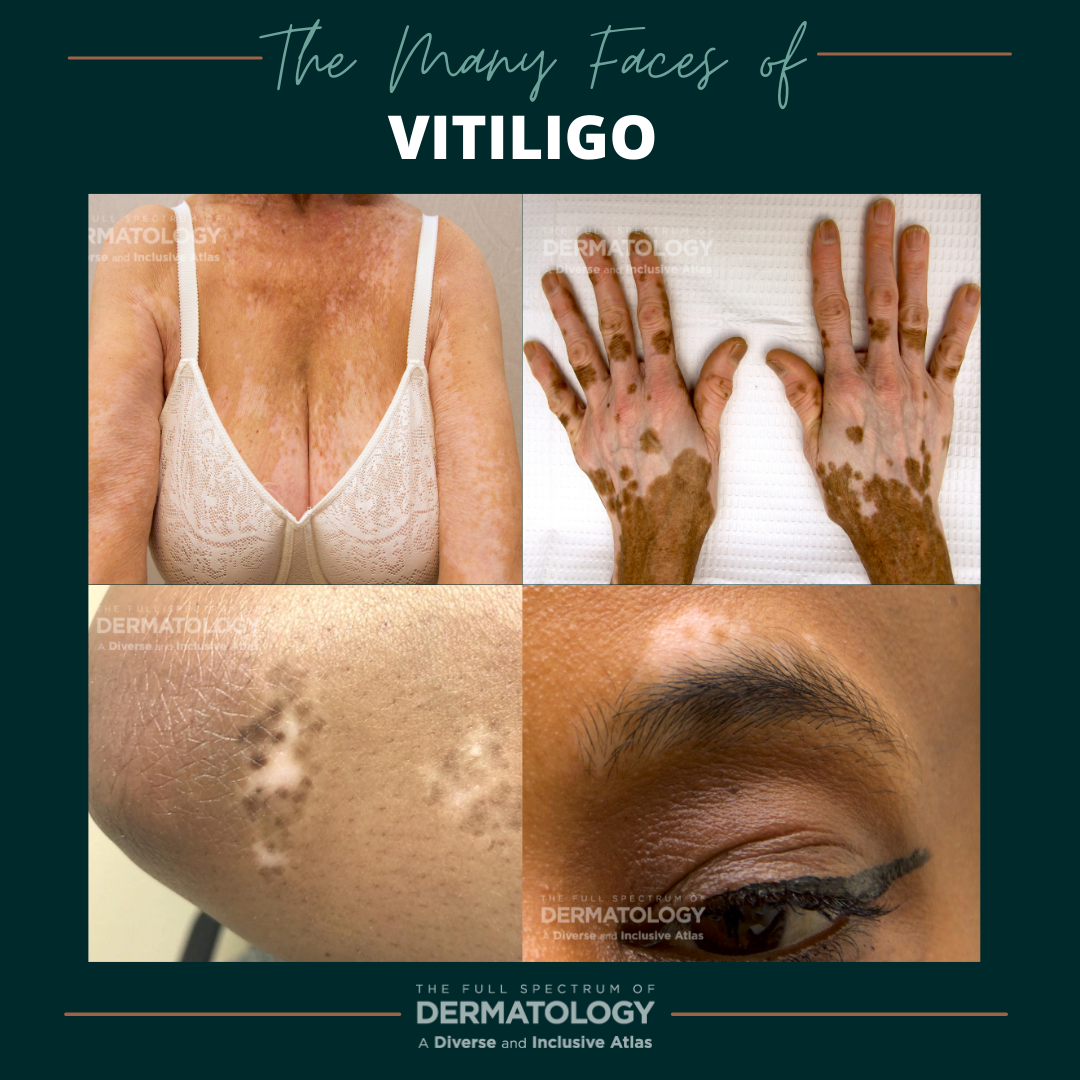Translating Psoriasis Guidelines into Practice
 Before we dive into our discussion, let’s outline the Guideline-Based Approach to Treatment Selection.
The International Psoriasis Council has divided psoriasis treatment classification into 2 groups:
Patients who are a candidate for topical therapy, or
Patients who are a candidate for systemic therapy
Candidates for systemic therapy must meet at least 1 of the following …
Before we dive into our discussion, let’s outline the Guideline-Based Approach to Treatment Selection.
The International Psoriasis Council has divided psoriasis treatment classification into 2 groups:
Patients who are a candidate for topical therapy, or
Patients who are a candidate for systemic therapy
Candidates for systemic therapy must meet at least 1 of the following …
 Before we dive into our discussion, let’s outline the Guideline-Based Approach to Treatment Selection.
The International Psoriasis Council has divided psoriasis treatment classification into 2 groups:
Patients who are a candidate for topical therapy, or
Patients who are a candidate for systemic therapy
Candidates for systemic therapy must meet at least 1 of the following …
Before we dive into our discussion, let’s outline the Guideline-Based Approach to Treatment Selection.
The International Psoriasis Council has divided psoriasis treatment classification into 2 groups:
Patients who are a candidate for topical therapy, or
Patients who are a candidate for systemic therapy
Candidates for systemic therapy must meet at least 1 of the following … Continue reading "Translating Psoriasis Guidelines into Practice"


 Next Steps in Derm, in partnership with ODAC Dermatology, Aesthetic and Surgical Conference, interviewed Dr. Adam Friedman (Professor and Chair of Dermatology, Residency Program Director, Director of Translational Research, and Director of the Supportive Oncodermatology Program in the GW Department of Dermatology) about which options work best for treating Urticaria. Watch as he reveals various st …
Next Steps in Derm, in partnership with ODAC Dermatology, Aesthetic and Surgical Conference, interviewed Dr. Adam Friedman (Professor and Chair of Dermatology, Residency Program Director, Director of Translational Research, and Director of the Supportive Oncodermatology Program in the GW Department of Dermatology) about which options work best for treating Urticaria. Watch as he reveals various st …  Clascoterone cream is a novel topical therapeutic agent used to treat acne vulgaris through androgen inhibition. Other androgen inhibitors such as combined oral contraceptive pills and off-label spironolactone can lead to some unwanted side effects such as feminization, gynecomastia, and erectile dysfunction, making them unsuitable for male patients. Unlike other androgen inhibitors used to manage …
Clascoterone cream is a novel topical therapeutic agent used to treat acne vulgaris through androgen inhibition. Other androgen inhibitors such as combined oral contraceptive pills and off-label spironolactone can lead to some unwanted side effects such as feminization, gynecomastia, and erectile dysfunction, making them unsuitable for male patients. Unlike other androgen inhibitors used to manage …  Our new series, “The Many Faces of”, showcases side-by-side images of some of the most commonly seen dermatology conditions in an array of skin tones and briefly highlight nuances in clinical presentation. All images featured in the series are part of The Full Spectrum of Dermatology: A Diverse and Inclusive Atlas, a resource developed by co-editors Misty Eleryan, MD, MS, and Adam Friedman, …
Our new series, “The Many Faces of”, showcases side-by-side images of some of the most commonly seen dermatology conditions in an array of skin tones and briefly highlight nuances in clinical presentation. All images featured in the series are part of The Full Spectrum of Dermatology: A Diverse and Inclusive Atlas, a resource developed by co-editors Misty Eleryan, MD, MS, and Adam Friedman, …  Disorders of the hair follicles, including hidradenitis suppurativa and folliculitis, are some of the most common dermatologic conditions affecting a wide variety of patients. Chlorhexidine’s bacteriostatic and bacteriocidal properties enable it to be a potent defender of the pilosebaceous unit. We continue our series, Therapeutic Cheat Sheet, with a closer look at chlorhexidine, which has far r …
Disorders of the hair follicles, including hidradenitis suppurativa and folliculitis, are some of the most common dermatologic conditions affecting a wide variety of patients. Chlorhexidine’s bacteriostatic and bacteriocidal properties enable it to be a potent defender of the pilosebaceous unit. We continue our series, Therapeutic Cheat Sheet, with a closer look at chlorhexidine, which has far r …